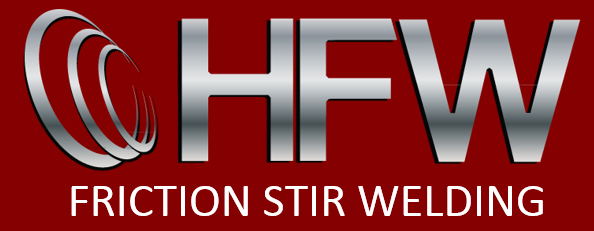CNC Machining
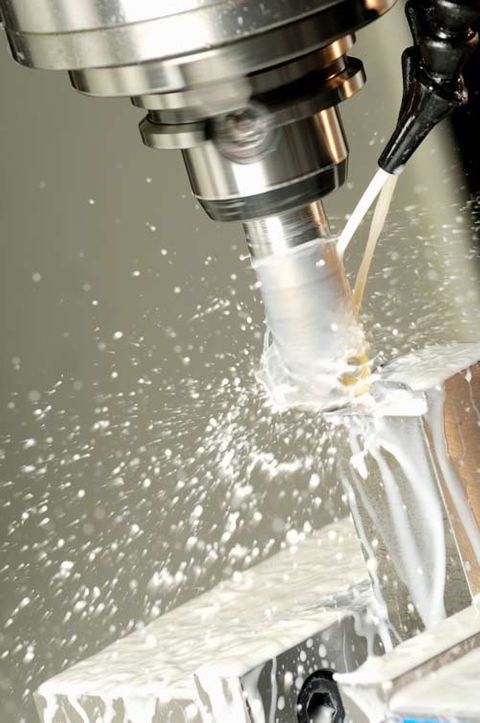
What is CNC Machining
Computer Numerical Control (CNC) machining is a manufacturing process in which pre-programmed computer software dictates the movement of factory tools and machinery. The process can be used to control a range of complex machinery, from grinders and lathes to mills and routers. With CNC machining, three-dimensional cutting tasks can be accomplished in a single set of prompts.
The CNC process supersedes the limitations of manual control, where live operators are needed to prompt and guide the commands of machining tools via levers, buttons and wheels. When a CNC system is activated, the desired cuts are programmed into the software and dictated to corresponding tools and machinery, which carry out the dimensional tasks as specified.
The main benefit of the process is that CNC will produce parts that can replace the additive manufactured prototypes with true production grade materials. This method allows parts to be fabricated in the featured material that is intended for use in production. CNC machining is the best choice for rapid manufacturing of high-quality metal and plastic parts requiring the greatest degree of dimensional accuracy, critical surface finishes, and material-specific properties.
In today’s CNC protocols, the production of parts via pre-programmed software is mostly automated. The dimensions for a given part are set into place with computer-aided design (CAD) software and then converted into an actual finished product with computer-aided manufacturing (CAM) software. The CNC process allows for consistency in parts production that would be difficult, if not impossible, to replicate manually.
CNC Machining Capabilities
HFW Solutions offers the most complete compliment of precision CNC machining capabilities under one roof in North America. Some advantages of CNC Machining are:
- Improves machining accuracy
- Enables complex tasks in detail
- Creates flexibility in manufacturing
- Increases safety
- Boosts production volume
- Reduces setup-changeover time
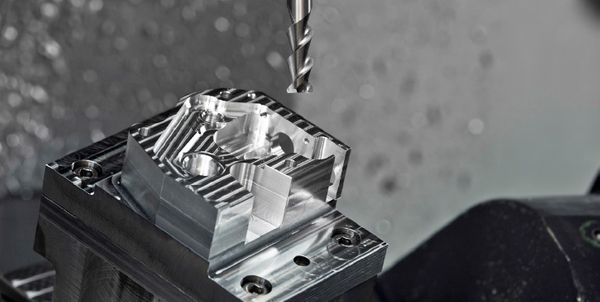
Versatility
CNC machining creates virtually any component you can imagine. Some of the models include special features and accessories that further expedite and simplify the production process. At HFW Solutions, we are 3-axis and 5-axis capable. With the ability for rapid prototyping, HFW can machine anything from small parts to large products, with the capacity for large scale production needs.
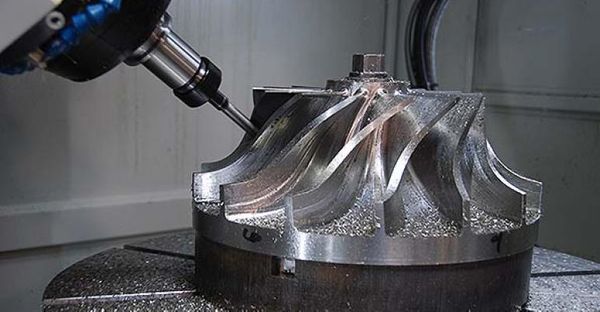
Defect Free Products
CNC Machining is a manufacturing process in which pre-programmed computer software dictates the movement of factory tools and machinery, eliminating the possibility of human error in any product. At HFW Solutions, our commitment to quality CNC machining is only rivaled by our CNC machine programmers and operators. Our constant commitment to quality and vigorous inspection checks ensure we produce and deliver high quality, conforming parts.
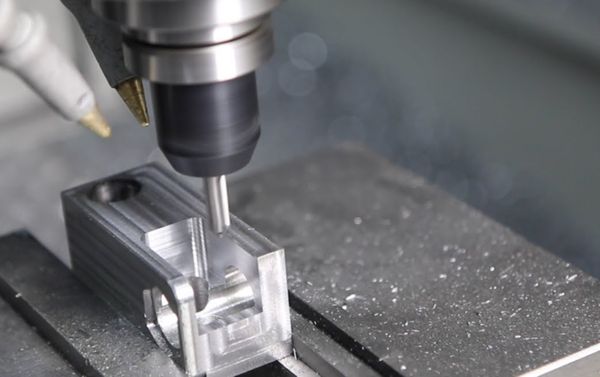
High Production and Scalability
Once the design parameters and specification have been entered into a CNC machine, it consistently executes large quantities and affords flexible scalability. HFW Solutions has used CNC machining to create many types of products from prototyping cold plates, inverter housings, and aerospace structural components to producing over 250,000 small friction stir welding production parts.

More Capability
When used in tandem with advanced design software, CNC machines create outputs that cannot be replicated by manual machines. Even the most gifted engineers can’t do with conventional machines what advanced software can do with CNC machines. These machines can produce any size, shape or texture needed.
5 Axis CNC Machining of Structures Made From Aluminum Extrusions
5 Axis CNC machining of structures made from aluminum extrusions is a complex and challenging process that requires a high level of expertise in the field. The difficulties that arise during this process can be attributed to the inherent properties of aluminum extrusions and the complex geometries involved in 5 axis machining. In order to successfully complete this process, experts must be able to identify and overcome the following five main problems:
- Material Characteristics: Aluminum extrusions have a tendency to deform and warp during the machining process, making it difficult to produce accurate and consistent results.
- Complex Geometries: 5 axis machining involves multiple axes of movement and extrusions are used to make complex geometries, making it more challenging to control that traditional monolithic machining processes. This requires a high level of expertise and experience in the field to ensure that the machine is set up correctly and that the tool paths are optimized for the desired results.
- Tool Wear and Breakage: The high speeds and forces involved in 5 axis machining can cause the cutting tools to wear and break, which can result in costly machine downtime and reduced production. Experts must have a deep understanding of the machining process and the tools involved to minimize this risk and reduce the impact of tool wear and breakage on the machining process.
- Tolerance and Accuracy: Aluminum extrusions are often used in applications that require precise tolerances and accurate dimensions. This requires a high level of attention to detail and expertise in setting up the machine, programming the tool paths, and monitoring the machining process to ensure that the desired tolerances are met.
- Surface Finish: Aluminum extrusions are often used in applications that require a high level of surface finish, such as in aerospace or medical applications. This requires a deep understanding of the machining process and the tools involved to ensure that the desired surface finish is achieved, and that any defects or imperfections are minimized.
To overcome these difficulties, experts in the field must have a thorough understanding of the material properties of aluminum extrusions, the complex geometries involved in 5 axis machining, and the machining process itself. They must also have a strong grasp of the cutting tools and their behavior during the machining process, and be able to set up and program the machine correctly to ensure that the desired results are achieved.
